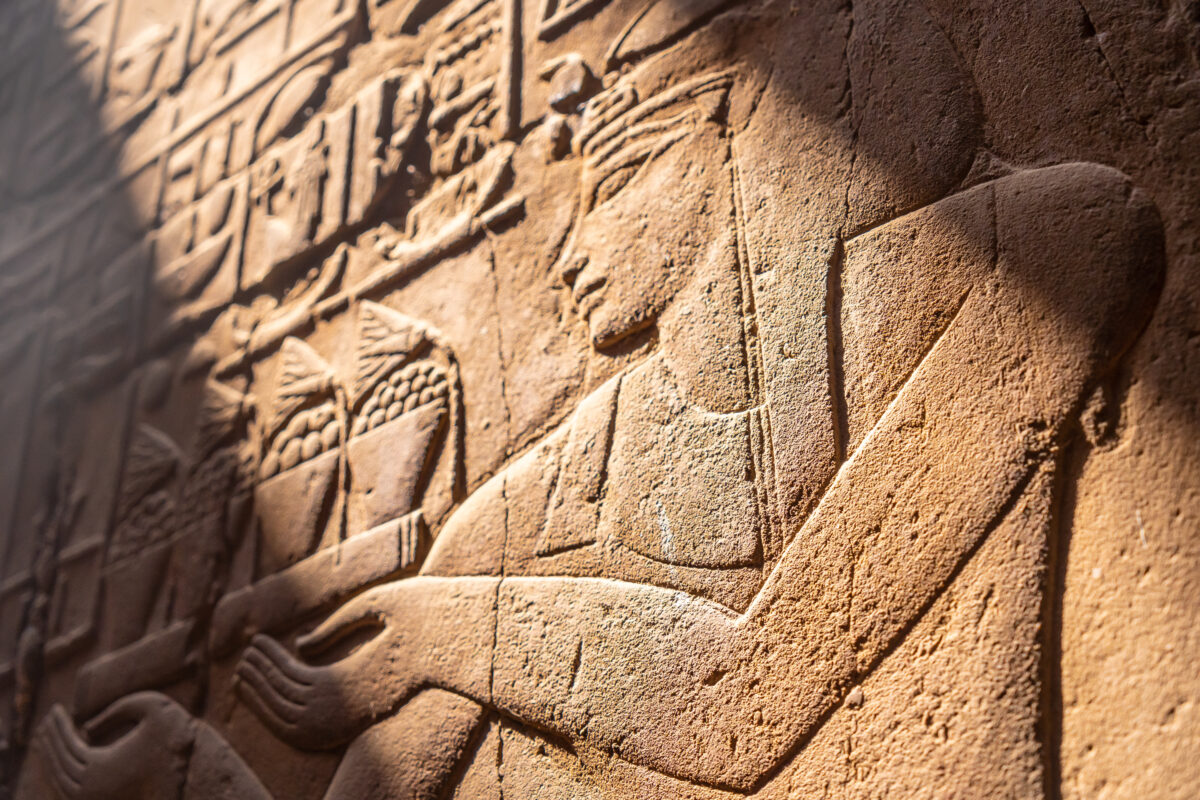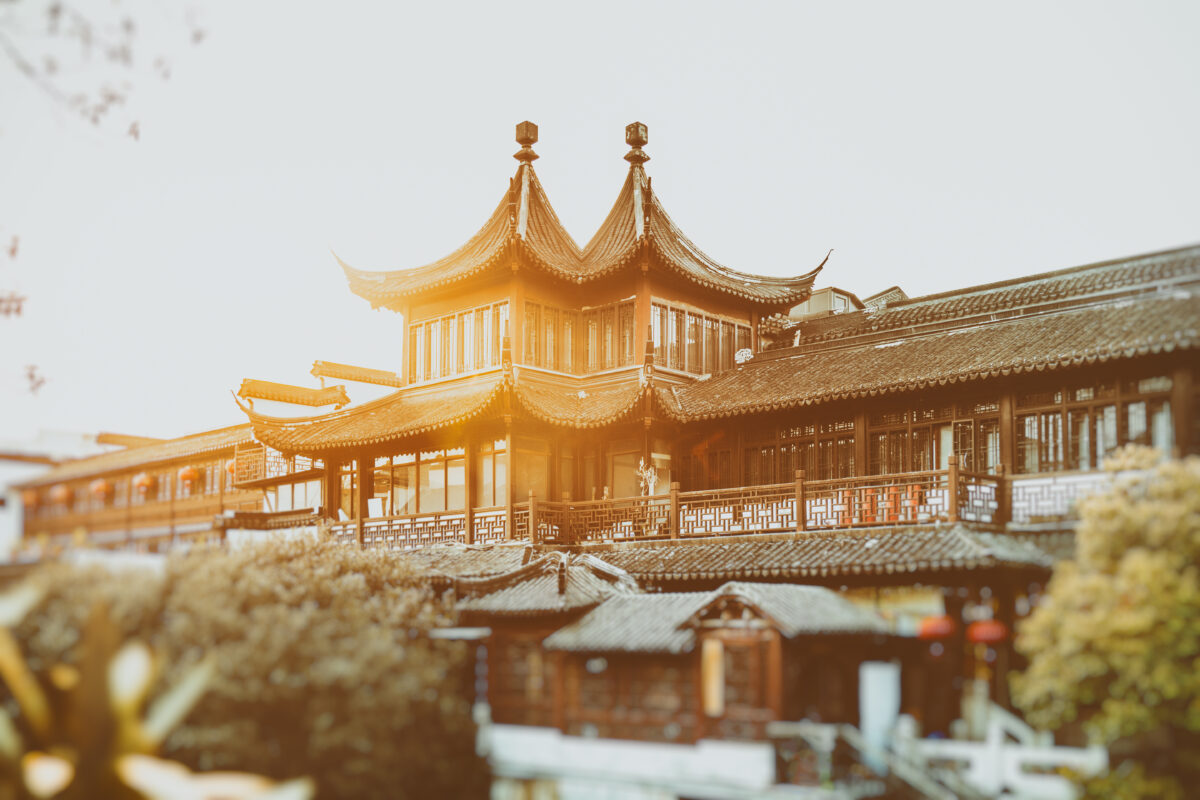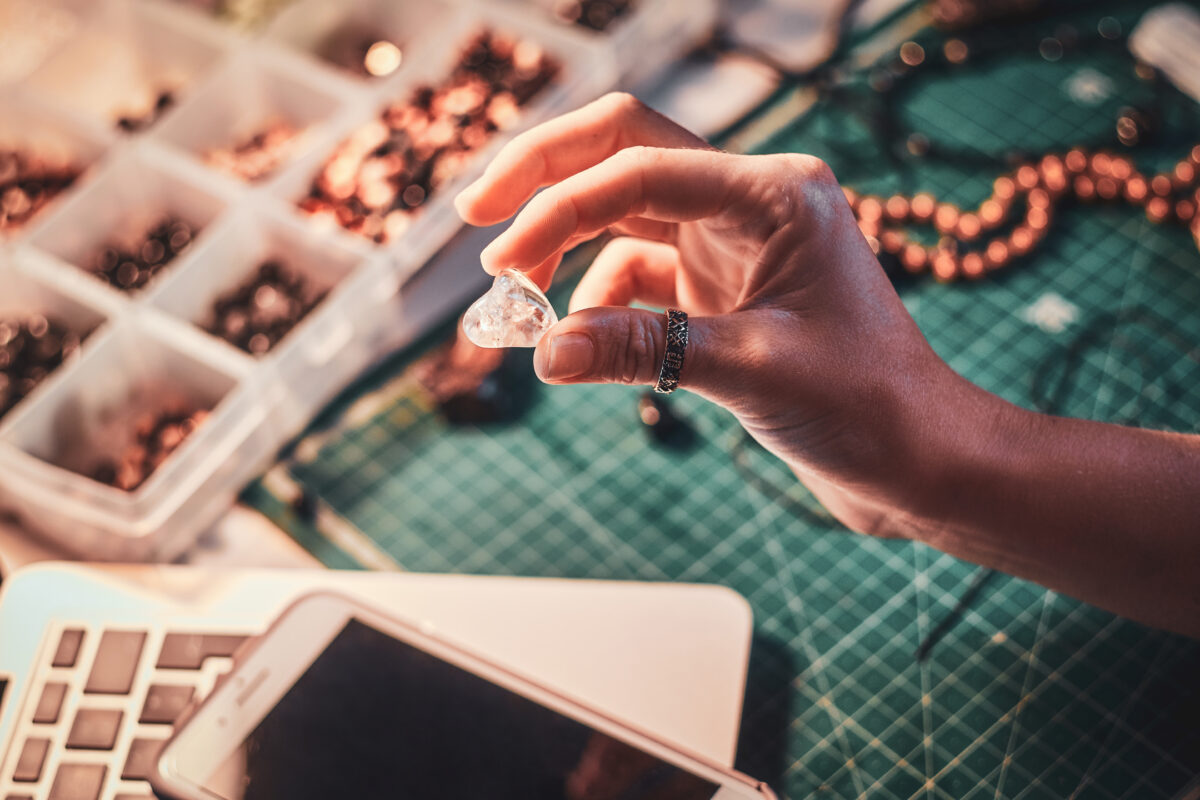I wish I had paid attention during my history classes as a child because the older I get, the more intriguing history becomes. Being a turquoise enthusiast, I find the history of turquoise impressive and remarkable.
Turquoise is one of the world’s most ancient gems with a rich history. The oldest turquoise mines can be traced to Egypt’s Sinai Peninsula, particularly near a temple dedicated to Hathor, the Greek goddess associated with love, joy, and protection in the desert and the patron saint of mining. Egyptians referred to turquoise as “mefkat” which symbolized joy and delight.

No wonder archaeologists have found turquoise gemstones tracing back to ancient Egyptian tombs. Intricate turquoise jewelry dating back to 3000 BCE has been discovered. Turquoise was inlaid or carved into scarabs. Egyptians adorned themselves with turquoise stones set in gold necklaces & rings. King Tut’s burial mask was embellished using turquoise. I saw artifacts from King Tut’s tomb a few years ago during an exhibition at the Houston Museum of Natural Science. It was extraordinary and exciting. Trust me; the exhibit does not disappoint – I highly recommend it.

Historians have discovered that Chinese artisans used turquoise in detailed carvings from thousands of years ago. Turquoise is a captivating gem cherished in Tibet, where it is a national gemstone believed to bestow health, good fortune, and protection from evil and hostile forces.
In ancient Persia, turquoise was extensively used for decoration and often engraved with Arabic script. The sky-blue hue of turquoise led to its use in covering palace domes as a representation of heaven. It later inspired the use of turquoise in structures like the Taj Mahal.
Persians believed that turquoise brought protection and victory, so they adorned their daggers and horses’ bridles with the gemstones. They called turquoise “pirouzeh” which meant victory. Additionally, they wore turquoise gemstone jewelry around their necks and turbans,believing it could change color to warn them of impending danger (which is true, as turquoise can fade when exposed to sunlight or solvents when it’s not stabilized correctly).
Turkish traders brought this “Persian blue” stone to Europe through Silk Road during the 13th century, influencing its name. The word “turquoise” originates from the French term “pierre tourques” meaning “Turkish stone”. After further research, I learned the “Silk Road” was a
network of trade routes having formally opened trade between the Far East and Europe during the Han Dynasty, which ruled China from 206BC to AD220.

Meanwhile, pre-Columbian Native Americans mined turquoise in the southwestern United States and used it in sacred ceremonies to connect with the spirit of the sky. The Apache Indians believed that attaching turquoise to their bows and later firearms improved their
accuracy as hunters allowing them to better provide for their families and tribe.
Turquoise became highly valuable in Native American trade, leading to its distribution from North America to South America. Aztecs highly regarded turquoise for its protective powers, incorporating it into ceremonial masks, knives, and shields.
Though many historic turquoise deposits have been depleted, some mining operations still produce fine turquoise material. I can’t resist adding Stephan continues providing ethically sourced, sustainably produced, stunning turquoise to the market. At Stephan, we are proud to marry innovation with tradition as we bring the finest gemstone products in the world.

